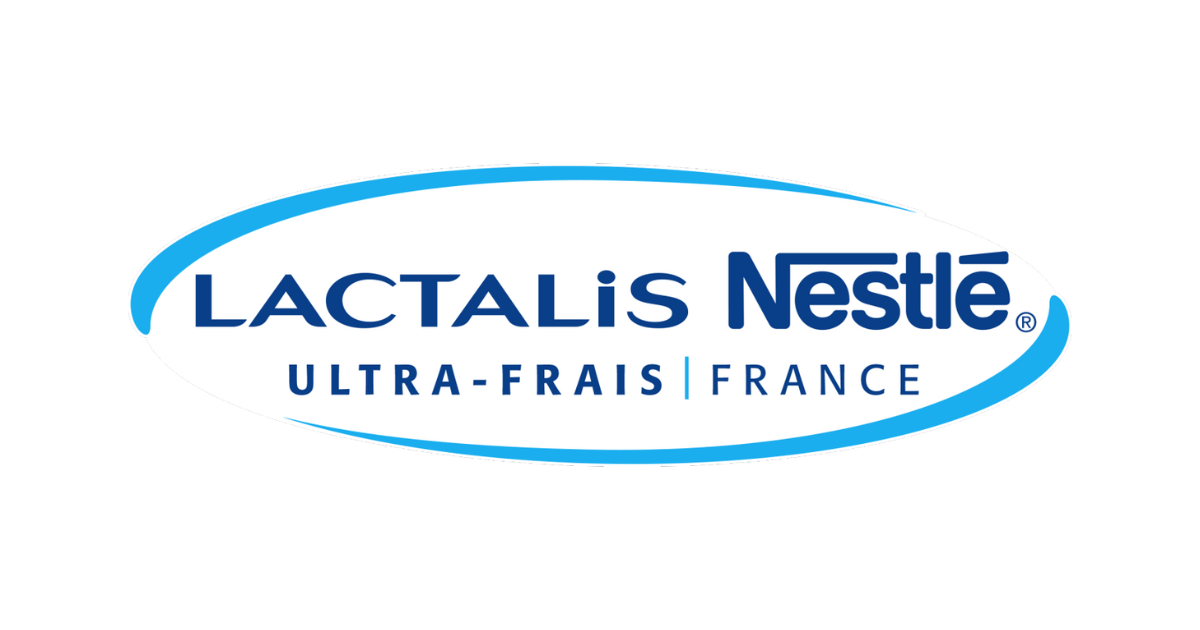Background
With the Drive (click-and-collect) channel representing only a marginal share of their revenue in the Snacking category (1–2%), a national brand sought to better focus its efforts without overburdening teams already heavily engaged in more strategic channels.
The previously used tool, while data-rich, proved too complex for a small team due to the excessive volume of information and the constant need for manual processing.
Challenges
To make the most of the Drive channel without allocating additional resources, the brand had to overcome several operational roadblocks:
- An overly complex tool requiring heavy Excel manipulation: The interface required systematic data reprocessing to make it usable, slowing analysis and significantly reducing team responsiveness.
- Low field adoption due to difficulty of use: Sales Managers and Field Reps struggled to use the tool day-to-day, hindering insight sharing and integration into sales routines.
- An overload of irrelevant indicators for the Drive channel: The influx of non-prioritized data made it difficult to focus on truly actionable levers, reducing overall efficiency.
- Lack of clarity on which products to prioritize: Without a clear product hierarchy, teams struggled to focus on high-impact SKUs essential for improving Drive coverage.
- A need for a lighter, action-oriented tool: To maximize impact without complicating processes, the team needed a simple, targeted solution offering clear and directly actionable insights in the field.
Objectives
To better tap into the Drive channel’s potential while maintaining a focus on cost-efficiency and team bandwidth, the brand set clear short- and mid-term goals:
Short term
- Make data more accessible to improve responsiveness: The aim was to streamline access to information so field teams could quickly act on gaps in distribution or local opportunities.
- Actively engage field teams, especially Sales Managers: By simplifying tools and indicators, the brand wanted to embed data usage into daily sales activities, enabling managers to take concrete action on Drive.
- Prioritize high-potential Drive stores: Rather than spreading efforts evenly, the brand sought to focus on outlets with the highest volume upside.
- Identify and recover missing distribution points: By targeting SKUs absent from key stores, the brand aimed to improve product coverage and conversion opportunities on the channel.
Mid term
- Reach market benchmark for Drive share (~3%): The structural goal was to align Drive performance with market standards by addressing current friction points and activating the right levers.
- Introduce out-of-stock tracking: Once distribution was under control, the brand planned to enhance monitoring with availability tracking to avoid revenue losses from stockouts.
- Optimize use of existing tools through potential integrations: The goal was to streamline internal systems by connecting platforms like Statigest, enabling easier data cross-referencing and automating some analytics flows.
Approach
The brand opted for a targeted, pragmatic approach focused on the essentials:
- Tracking 25 priority high-distribution SKUs: Rather than monitoring the full catalog, analysis was centered on the most strategic, high-potential products to simplify performance tracking and maximize impact.
- Competitor monitoring on 10 key brands (distribution, pricing): Including a competitive benchmark allowed the brand to assess its performance against top players and identify gaps to close.
- Focus on three core indicators: distribution, pricing, visuals: By limiting monitoring to truly actionable data, the brand created a clear, user-friendly dashboard while avoiding the common trap of data overload.
Deployment began with training for Regional Sales Managers and the National Sales Director. A regional segmentation was introduced to help teams better absorb and act on the data. Extending access to other field profiles (e.g. Field Reps) is under consideration.
Expected Results
By refocusing efforts on the most operational levers, the brand expects to see tangible benefits for both field teams and Drive performance overall:
- Significant time savings in data analysis and communication: Streamlined tools and indicators free up time for teams to focus more on action than on data processing.
- Improved field efficiency through a more structured Drive strategy: Targeting high-potential stores and key SKUs makes actions more focused and profitable.
- Better data ownership by commercial teams: The clarity and usability of the insights promote regular use by Sales Managers and Field Reps.
- Stronger visibility in priority Drive banners: Data-driven management helps quickly detect underexposed stores and take action to improve digital shelf presence.
- More fluid and responsive promotion tracking: The platform makes it easier to monitor planned promotional activity and flag execution issues in real time.
Conclusion
By adopting a pragmatic, phased approach, the brand successfully adapted its tools and methods to the realities of the Drive channel—without overcomplicating its current organization. Rather than pushing a drastic transformation, it chose to move step by step, prioritizing concrete actions, targeted data, and gradual upskilling of the teams.
This strategy not only optimizes the brand’s effectiveness on a low-share but high-potential channel, but also lays the groundwork for more advanced management in the mid-term. By maintaining clarity and strong field adoption, the brand ensures that data moves beyond consultation and becomes a true driver of performance.
